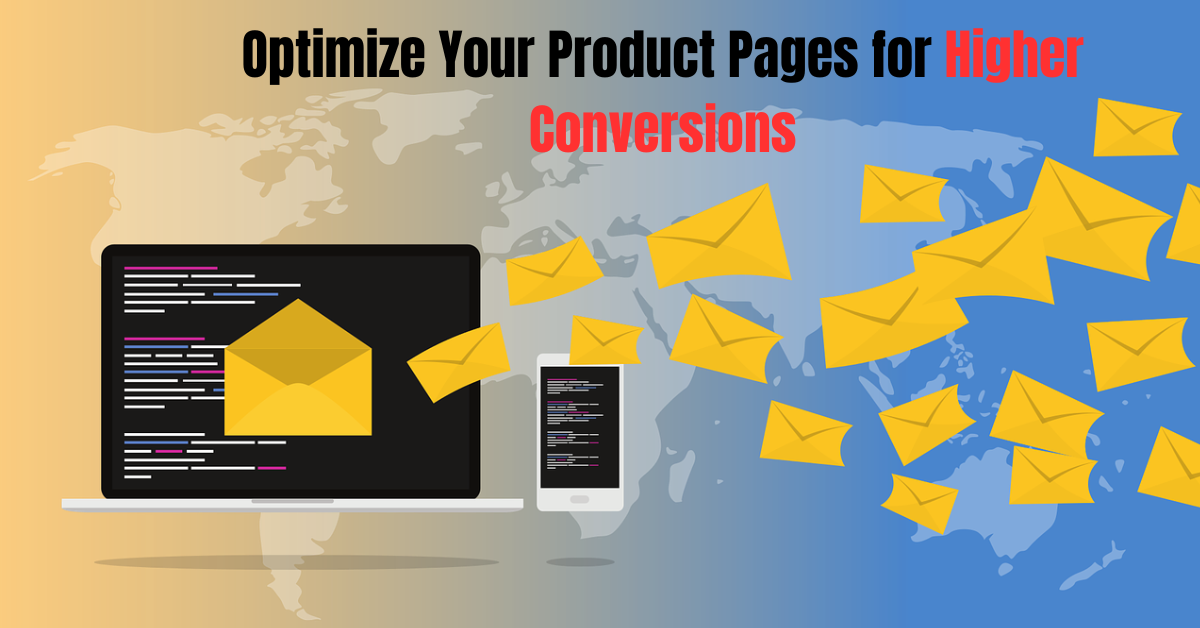E-commerce is booming, but with more competition than ever, a well-optimized product page can make or break your sales. Did you know that 70% of online shoppers abandon their carts due to poor product descriptions, slow load times, or unclear pricing? If you’re struggling with low conversion rates, this 2025 guide will walk you through proven, data-backed strategies to optimize your product pages—boosting sales, improving SEO, and keeping customers engaged.
Why Product Page Optimization Matters in 2025
A high-converting product page isn’t just about pretty images—it’s a sales machine that:
✅ Builds trust with shoppers
✅ Answers customer objections before they arise
✅ Improves search rankings (SEO)
✅ Reduces bounce rates and cart abandonment
According to Baymard Institute, even small tweaks can increase conversions by 20-30%. So, how do you make your product pages irresistible?
1. Craft a Compelling Product Title
Your product title is the first thing shoppers see—in search results, ads, and on your page. A weak title = lost sales.
Best Practices for 2025
✔ Include key details: Brand + product name + key feature (e.g., “Nike Air Max 270 – Men’s Running Shoes – Lightweight & Breathable”)
✔ Use natural LSI keywords: Think “best wireless earbuds 2025” instead of stuffing keywords
✔ Keep it under 60 characters (for SEO visibility)
❌ Bad Example: “Running Shoes – Buy Now”
✅ Good Example: *”Adidas Ultraboost 21 – Men’s Cushioned Running Shoes for Long-Distance (2025 Model)”*
2. High-Quality Images & Videos
93% of shoppers consider visuals the most critical factor in purchasing decisions (MDG Advertising).
Optimizing Visuals in 2025
✔ Use 6-8 high-res images (multiple angles, zoom feature)
✔ Add a 360° spin or AR preview (e.g., Shopify’s 3D product models)
✔ Embed a short demo video (increases conversions by 85%, according to Animoto)
💡 Pro Tip: Use alt text with keywords (e.g., “organic cotton t-shirt for men – eco-friendly fabric”) for SEO.
3. Write Persuasive, Scannable Product Descriptions
Nobody reads walls of text. Your description should be clear, benefit-driven, and easy to skim.
2025 Product Description Formula
- Start with a hook (pain point + solution):
- *”Tired of tangled earphones? These wireless earbuds feature magnetic charging and 30-hour battery life.”*
- Highlight key features (bullet points work best):
- ✅ Sweat-proof & waterproof (IPX7)
- ✅ 1-hour fast charging
- Tell a mini-story (social proof + use case):
- “Over 10,000 runners trust these earbuds for marathon training.”
📊 Data-Backed Insight: Pages with bullet-pointed descriptions see 30% longer dwell time (Nielsen Norman Group).
4. Leverage Social Proof
88% of consumers trust reviews as much as personal recommendations (BrightLocal).
How to Display Social Proof in 2025
✔ Show star ratings & review snippets (e.g., *”4.9/5 from 2,450 reviews”*)
✔ Add user-generated content (UGC) – Instagram photos/videos from real customers
✔ Highlight trust badges (e.g., *”100,000+ sold”*, “Free returns”)
5. Optimize for Mobile & Speed
53% of mobile users abandon a site if it takes longer than 3 seconds to load (Google).
2025 Mobile Optimization Checklist
✔ Use AMP (Accelerated Mobile Pages) for faster loading
✔ Test with Google’s PageSpeed Insights (aim for 90+ score)
✔ Simplify checkout (1-click upsells, Apple Pay/Google Pay)
6. Clear Pricing & Discount Strategies
Hidden costs = lost sales. 48% of shoppers abandon carts due to unexpected fees (Baymard).
Pricing Best Practices
✔ Show original vs. discounted price (e.g., ~~99 ∗∗99 ∗∗69**)
✔ Offer free shipping thresholds (“Spend $50 more for free shipping!”)
✔ Use urgency tactics (“Only 3 left in stock!”)
7. Strong, Visible CTAs
Your “Add to Cart” button should be unmissable.
2025 CTA Optimization Tips
✔ Use action-driven text (“Get Yours Now – 30% Off Today Only”)
✔ Place multiple CTAs (above the fold + near reviews)
✔ A/B test colors (e.g., red vs. green)
Final Thoughts: Test, Analyze, Repeat
Optimizing product pages isn’t a one-time task. A/B test different elements (images, CTAs, descriptions) and track performance with Google Analytics & heatmaps.
Key Takeaways
🔹 Use high-quality visuals + videos
🔹 Write benefit-driven, scannable descriptions
🔹 Leverage social proof (reviews, UGC)
🔹 Speed & mobile experience are non-negotiable
🔹 Clear pricing + urgency = fewer abandoned carts
By following these 2025 best practices, you’ll turn your product pages into conversion powerhouses.
FAQs
Q: How often should I update my product pages?
A: Review every 3-6 months. Test new trends (like AR previews) and refresh outdated content.
Q: What’s the biggest mistake in product page SEO?
A: Keyword stuffing. Write naturally for humans first, then optimize for search engines.
Q: Does video really improve conversions?
A: Yes! Pages with videos see up to 80% higher conversions (Wyzowl).

